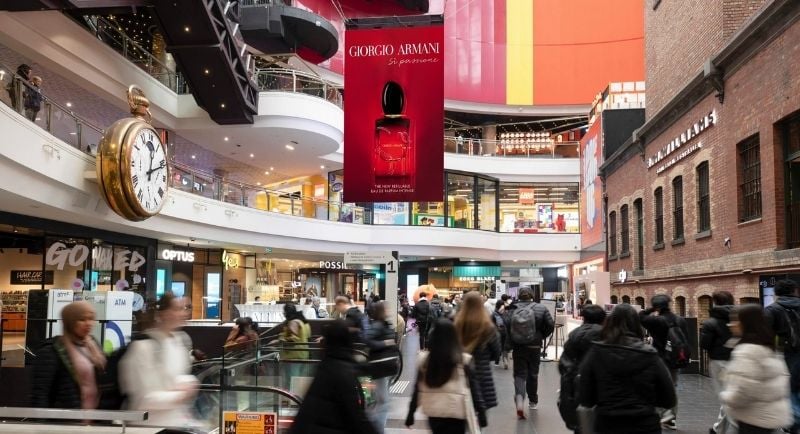By Ben Baker, Managing Director, APAC at Vistar Media
Out-of-home advertising has undergone a significant transformation over the past decade. What was once considered a purely static medium has evolved into a dynamic and data-driven channel, capable of delivering precision targeting, real-time optimisation and measurable business outcomes. But even with these advances, some marketers still view programmatic digital out-of-home (pDOOH) as a standalone or tactical layer, rather than an integral part of a broader OOH strategy.
We believe the most effective OOH campaigns are not built around a single buying method. They are the result of a blended approach that leverages the scale of traditional OOH and the agility of programmatic. This hybrid model not only enhances reach and frequency, but also provides deeper audience engagement and superior campaign performance.
A recent campaign executed in partnership with Vistar Media, UM and a leading Australian health insurer perfectly illustrates the power of combining programmatic and direct OOH. The goal was to grow brand presence and drive real business outcomes through a smart, integrated media strategy. Rather than choosing between traditional and programmatic channels, the campaign team chose both.
Ninety percent of the campaign investment went toward direct OOH placements, including high-impact billboards and premium street furniture across high-traffic locations. These placements created strong brand visibility and drove mass awareness in a short period. At the same time, the remaining ten percent of the budget was allocated to programmatic inventory in gyms, shopping centres and transit hubs, allowing the brand to reach consumers actively researching health insurance in environments where direct OOH was not present.
While the spend on programmatic was comparatively small, the results spoke volumes. The programmatic portion of the campaign delivered a 44 percent higher conversion rate than direct OOH alone. Even more impressively, consumers who were exposed to both direct and programmatic elements converted at a rate 72 percent higher than those who saw direct OOH only.
This approach also proved to be far more cost-effective than expected. Despite the common belief that programmatic OOH carries a higher price tag, it actually delivered a significantly lower cost-per-visit. To match the same conversion volume using only direct OOH, the brand would have needed to increase its media budget by more than 50 percent.
Beyond the performance metrics, programmatic brought an additional benefit that is often overlooked: flexibility. The team was able to optimise ad placements in real time based on audience movement patterns and behavioural signals. This ensured consistent touchpoints across the customer journey and extended the campaign’s reach beyond the limits of traditional placements.
Importantly, the campaign was independently verified using real-world behavioural data from Lifesight and OIS. By matching anonymised mobile device IDs to ad exposure and conversion actions, the analysis provided a clear view of how each media channel contributed to outcomes. This level of transparency and accountability is one of the reasons more brands are now embracing programmatic OOH as a core part of their media mix.
The success of this hybrid campaign has since influenced the client’s ongoing approach, with a shift to an 80/20 split between direct and programmatic investment. This change reflects a broader industry movement toward more holistic OOH planning that recognises the complementary strengths of both channels.
As the industry continues to evolve, it is time to move beyond the either-or mindset. Programmatic and direct OOH are not competitors. They are partners in delivering impactful, data-informed campaigns that reach the right audience at the right time in the right place. When used together, they do not just add value, they multiply it.
Top image: Ben Baker

